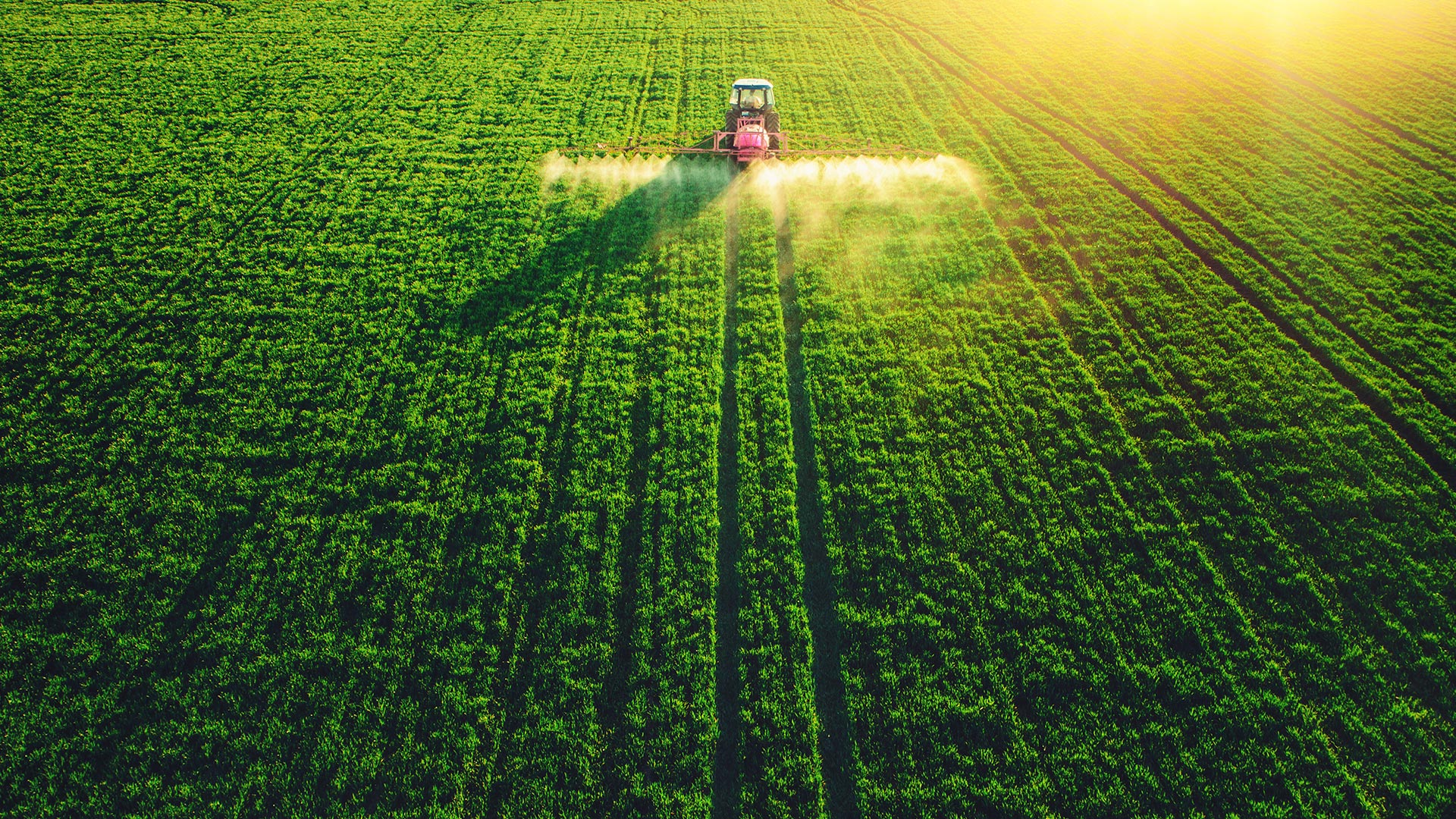Food producers, processors and agribusinesses are facing increasing pressure to expand the production of locally-grown food, while curbing emissions and operating in a more sustainable manner. To do this, agribusinesses know they will have to lower their costs by changing their operating processes and incorporating more technology.
To help the food, farming and forestry sectors meet the challenge of reducing emissions, the Alberta government recently announced a $40 million
Food, Farming, and Forestry Challenge (the Challenge). The Challenge is aimed at accelerating innovation to help reduce greenhouse gas (GHG) emissions in these sectors, while recognizing the need to reduce production costs for food and fibre. Funded by Alberta’s Technology Innovation and Emissions Reduction (TIER) fund, the government will utilize money sourced from regulated GHG emitters and administer the Challenge through Emissions Reduction Alberta (ERA). The Challenge has a dual purpose as, in addition to supporting emissions reduction, it is intended to help Alberta recover from the economic effects of the pandemic by advancing innovative processes and technologies that will increase the province’s long-term competitiveness, growth and export readiness.
The ERA will provide near-term capital to innovators and identify longer-term opportunities. Funds are generally capped at $5 million per project and up to 50% of each project’s costs, but the ERA may alter these caps in specific circumstances. The Challenge is open to innovators with pilot, demonstration, scale-up, and first-of-kind deployment projects. Applications are open to technologies from any location, but must be piloted, demonstrated, or deployed in Alberta. However, technologies may have co-location implementation. Applications are due by August 27, 2020, at 5:00 PM (MDT).
The Challenge provides a unique opportunity for the provincial government to focus on innovations seeking to reduce GHG emissions in agribusiness. To date, much of the federal and provincial governments’ investments have focused on the production and processing sides of agribusiness through the Canadian Agriculture Partnership’s $3 billion investment fund. For example, Innovation, Science and Economic Development Canada funds the Canadian Agri-Food Automation and Intelligence Network (CAAIN) in Alberta, whose projects focus on using technology to increase productivity for Canada’s agri-food producers.
The ERA intends to explore co-funding opportunities with both CAAIN and the Agriculture Funding Consortium (AFC), while working to align the research priorities and project opportunities identified by the new Results Driven Agricultural Research (RDAR) initiative. An ERA-hosted workshop identified funding ideas such as: “creating value from agricultural and forest waste, nutrient management, automation and digitization of operations, genomics, applications of alternative energy, zero carbon seeding, monitoring and detection technologies, and nature based-solutions.” The ERA reported that in 2017 Alberta’s agricultural, agri-food and forestry operations collectively emitted over 43 million tonnes of GHGs, representing more than 28% of Canada’s total emissions from these sectors. Since 2009, the ERA has provided approximately $95 million in funding to projects in the food, fibre, and bio-industries, projects that should reduce GHG emissions by 11.4 megatonnes by 2030, according to its analysis. This most recent round of ERA funding is intended to further bolster emission reductions.
Prior to applying for funding, innovators are advised to consider how the funds can be used and the consequences (including any penalties) if the project for which they have received funding does not proceed for any reason.
For information about other available COVID-19 government programs, refer to our
guide.
The authors wish to thank Preston Brasch, articling student, for his help in preparing this legal update.




